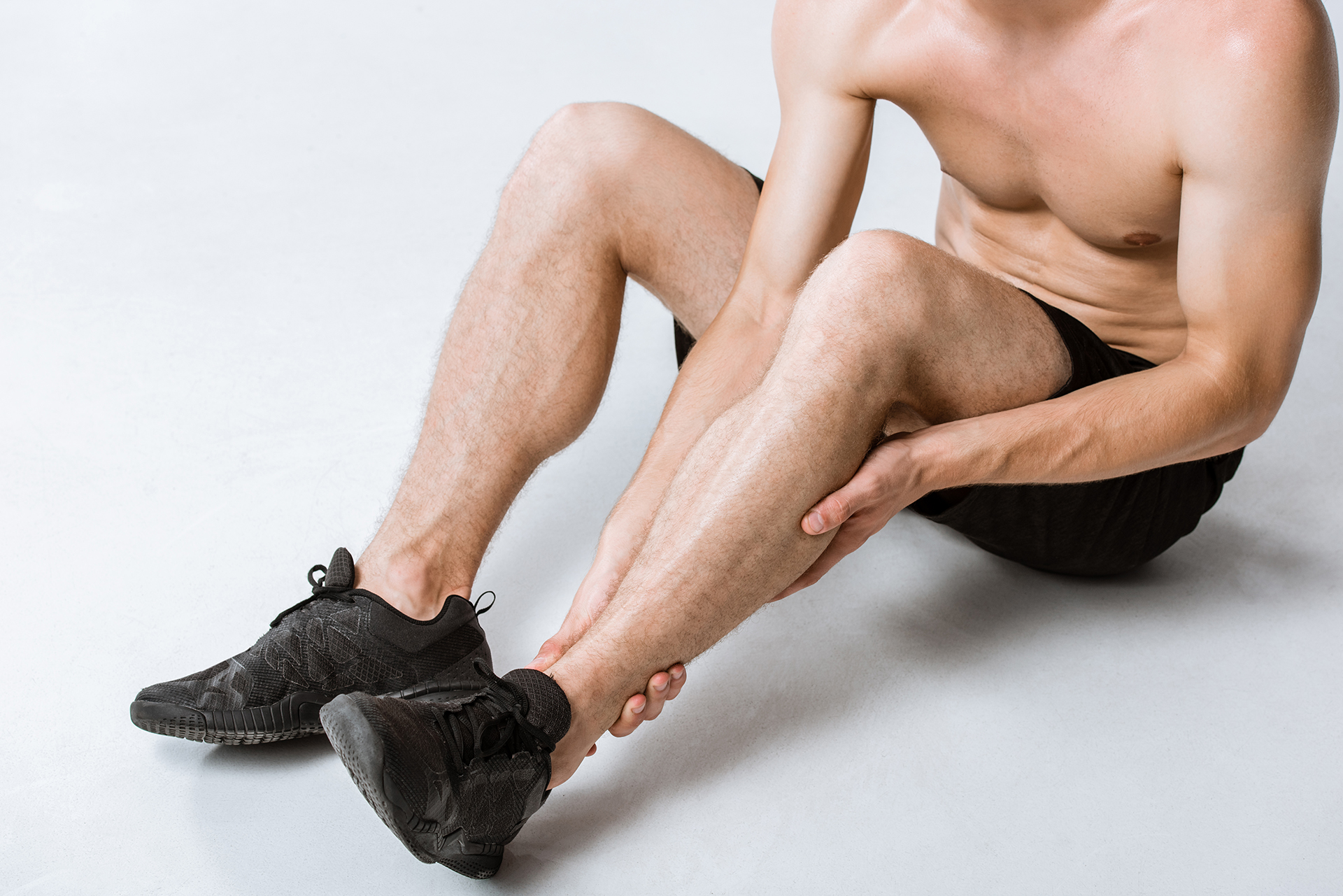“Is it normal?” must be one of the most commonly asked questions in medical history. People only seek medical help if they’re in pain, so there’s lots of research done about conditions like bunions or hammer toes, but very little done about the range of different shapes which characterise healthy feet.
The rough estimate is that around 11 percent of adults have flat feet, while having high foot arches affect around 10-15 percent. Everyone else is considered ‘normal’. The statistics indicate that children have higher rates of foot deformities – but perhaps this is just because attentive parents take their children to the doctor for fairly mild problems, whereas adults are less keen to seek help for themselves.
Feet are often divided into categories according to their appearance:
- Peasant feet are square-looking with stubby toes all a similar length
- Greek feet have a peaked appearance, with the second toe longer than the big toe
- Egyptian feet look tapered, with the big toe the longest and the others of decreasing sizes.
But these aren’t medical descriptions, just loose descriptions used by shoe manufacturers.
The official description of a normal foot, as found in medical textbooks, is a list of features written by a long-dead podiatrist and never really tested by science. Sydney University is currently conducting a “1000 Norms” project, collecting and analysing data on the anatomy of healthy people, but it will be years until the project is completed and we have a clearer picture.
Normal doesn’t always mean healthy. One survey estimated that around 1 in 5 people suffer regular foot pain, and these people scored lower on health-related quality of life measures than any other group. Foot problems are common but the type varies according to age, gender, and background. For example, bunions and corns usually affect older women, a consequence of years of squeezing themselves into tight shoes.
There are plenty of changes in foot shape associated with ageing, such as a slight flattening of the arch and a broadening of the foot, but none of these should be painful.
Some anatomists say that there’s no such thing as a ‘normal’ foot in the Western world. Wearing shoes is a relatively recent innovation, and wearing shoes every day actually limits the shape of your foot – people who usually go barefoot have broader feet with more wide-spread toes, and their body weight is distributed more evenly across the base of the foot.
In many cases, what we regard as a healthy foot is actually a ‘shoe-shaped foot’, which conforms neatly to your footwear.
Instead of worrying about whether your foot is normal, think about whether your foot is comfortable. Here are some questions that you can ask yourself:
- Can you walk for long distances without pain?
- Can you stretch and flex your toes?
- Can you balance and lean, with shoes or without?
If you’re pain-free and fully mobile, then you have healthy feet, whatever they look like. As in so many areas of life, there’s nothing to be gained by comparing yourself to someone else’s idea of normal.
Find out more about different foot and musculoskeletal conditions that may cause foot pain and lead to lower limb injuries.






